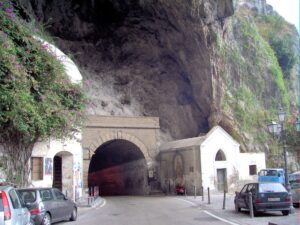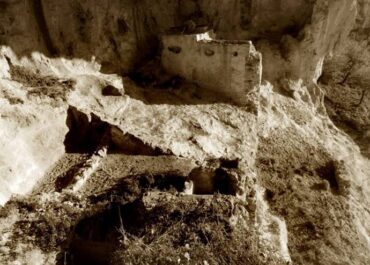Caves, inhabited and uninhabited

The caves frequented in prehistoric times are attested above all in the Positano area and their discovery, which took place in the middle of the last century, has enriched local history with news on a little-known historical period.
Widespread throughout the area, however, those related to the phenomenon of hermitism on the coast, generated by the Eastern iconoclasm of Leo III the Isaurian. The ban on venerating the images of saints and patriarchs prompted many monks to move to southern Italy in search of a safe haven for sacred icons. On the Amalfi Coast this phenomenon was one of the causes of the hermitic life in the caves. These underwent more or less complex interventions to adapt the environment, from the simple regularization of the floor to the construction of tanks for the collection of water or the pictorial decoration of the walls. In some cases the hermitic life evolved to become a monastery, resulting in the construction around these cavities of real architectural structures (see Abbey of S. Maria dell’Olearia in Maiori).
Even when the caves were used to house shepherds and animals, they were more or less regularized inside, or protected from the external environment (there are numerous caves whose natural access space is restricted by a wall in opus incertum).
But many other cavities are simply evidence of geological phenomena which have acted for millions of years, resulting in particularly fascinating conformations. The famous Grotta dello Smeraldo, in Amalfi, is an example of a partly underwater cavity where the sunlight, filtered through a submerged siphon, joins the color of the sea and the geological formations, creating a unique spectacle. The so-called Grotta del Dragone, in the Scala area, still little known to non-experts, however, is an interesting testimony of karst phenomena on the coast, enriched by the ingrowing of part of the waters of the Dragone torrent.

San Cristoforo
The chapel with a rectangular plan was erected, at least in its final building phase, no later than the 19th

